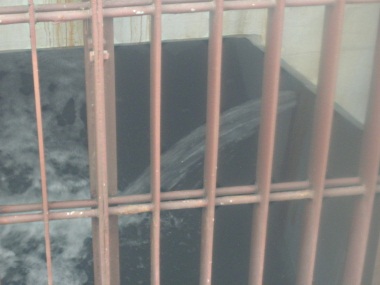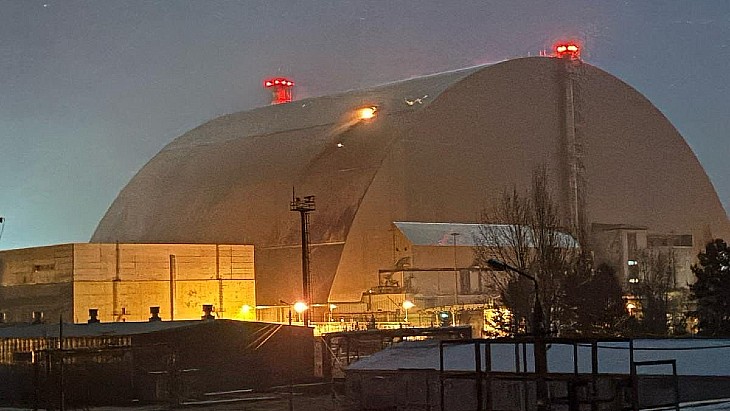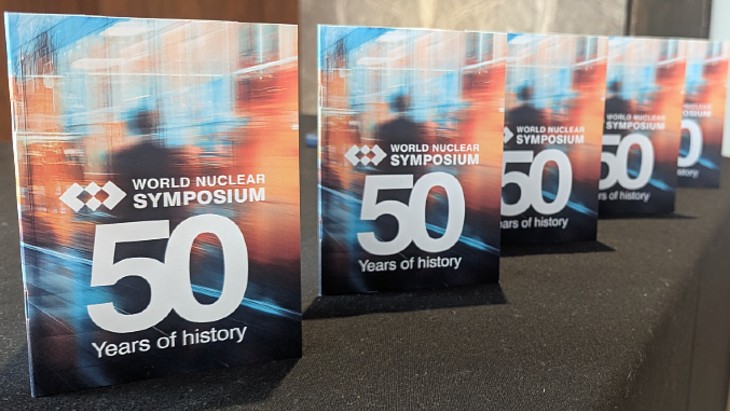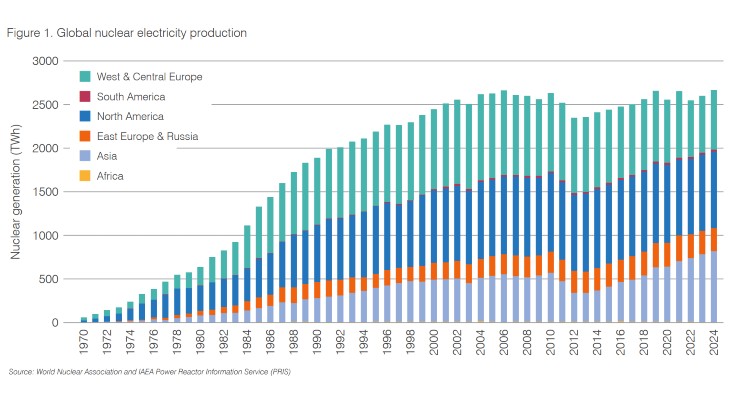Plans to remove contaminated water from Fukushima Daiichi 2 should see it moved at the rate of 480 tonnes per day.
Tokyo Electric Power Company (Tepco) has released details of the arrangements for dealing with the mass 25,000 tonnes of water that has accumulated in the basement of the turbine building of unit 2 at the damaged nuclear power plant.
 |
| This leak to sea has now been plugged, water levels are rising within the building and must be dealt with |
The water has a high level of radioactive contamination which is assumed to have come from direct contact with damaged nuclear fuel in the reactor core. Somehow this water appears to have has left the reactor coolant circuit and massed in the bottom of the turbine building. There it prevents workers from repairing cables that could enable the return of normal cooling and maintenance systems.
The 25,000 tonnes of accumulated water contains 3.0x106 becquerels from iodine-131 as well as 1.3x107 becquerels from caesium-137 per cubic centimetre. This leads to unacceptable dose rates at its surface of over 1000 millisieverts per hour.
This water had previously been leaking directly to sea through a 20 centimetre crack in the wall of a connected shaft adjacent to the sea. This was sealed a few days after its discovery and as a result the water level within this building has now begun to rise. About 168 tonnes of fresh water is injected to the reactor core each day to maintain adequate cooling. Tepco cannot confirm, but it is widely assumed that some of this water goes on to accumulate in the turbine building basement.
Although units 1 to 4 at Fukushima Daiichi have water in their turbine buildings, only that in unit 2 suffers this high level contamination. Hydrogen explosions earlier in the accident destroyed the top sections of the roofs of units 1 and 3. However, in unit 2 loud noises accompanied apparent damage to the torus suppression chamber, leading to speculation that this may form part of the route for water to take from the reactor core.
With water levels rising in unit 2, Tepco has made efforts to seal any potential leakage route from the lower turbine building, which is not normally a radiation-controlled area. The company will also inhibit any potential leakage by maintaining pressures in the building to levels below ground water pressure and running pipes through other reactor buildings where possible.
Preparations are now in progress to pump this water at the rate of some 480 tonnes per day into a centralized waste treatment building, whose normal contents have already been cleared out. In an extraordinary measure two weeks ago the Japanese government approved Tepco to dump some 11,500 tonnes of very mildly radioactive water from the treatment facility and other places to sea. This released a total of 1.5x1011 becquerels of radioactivity, the same amount as contained in just ten litres of the basement water.
The treatment facility can securely hold about 10,000 tonnes of the water. It will initially use coprecipitation methods to decontaminate the water but by June these will be complimented by ion-exchange equipment and additional storage tanks.
Tepco said it plans to have a closed loop for cooling unit 2 "by around July" meaning that the decontaminated fresh water will be re-injected for cooling. Eventually it should be possible to drain all the water and dispose of the buildings.
Researched and written
by World Nuclear News












